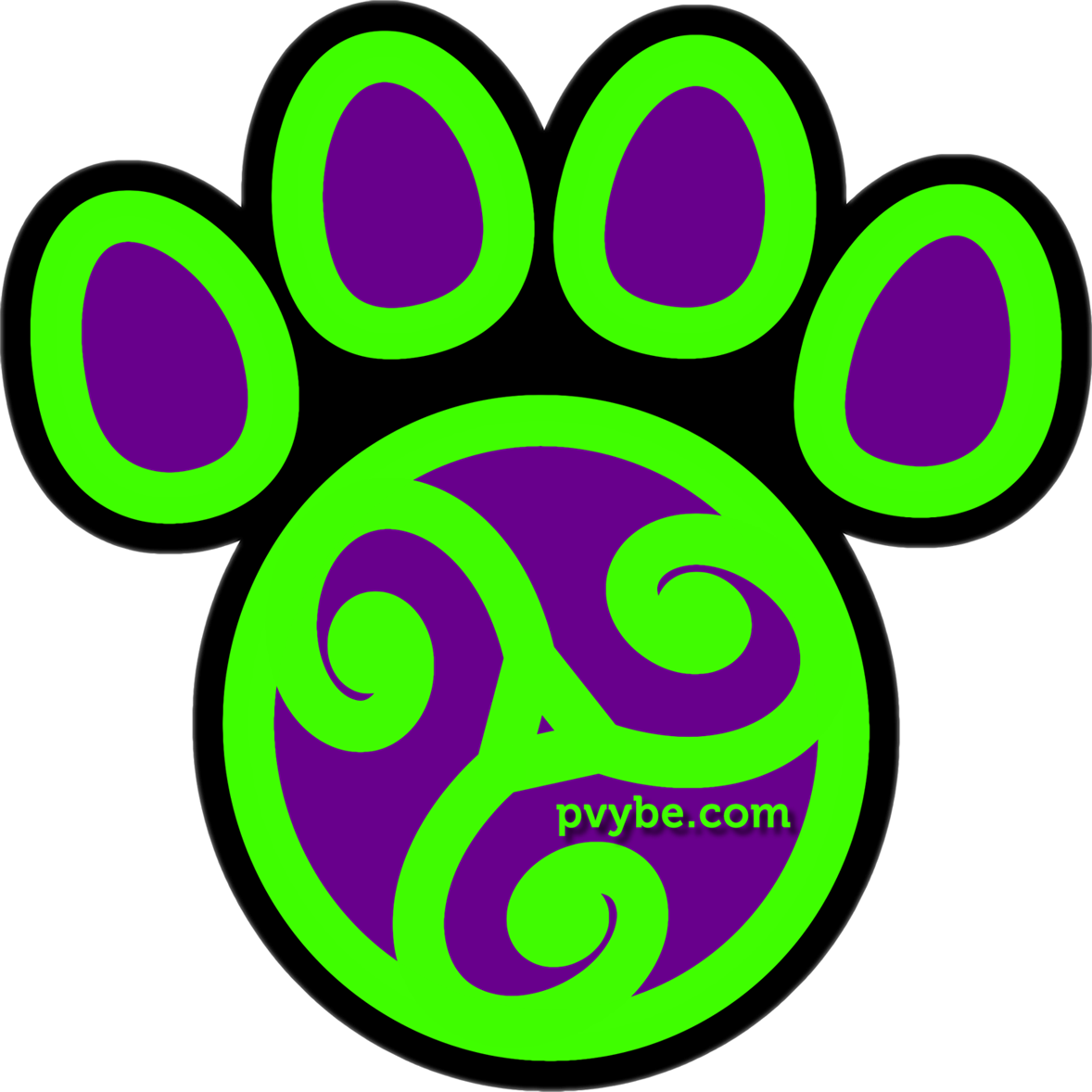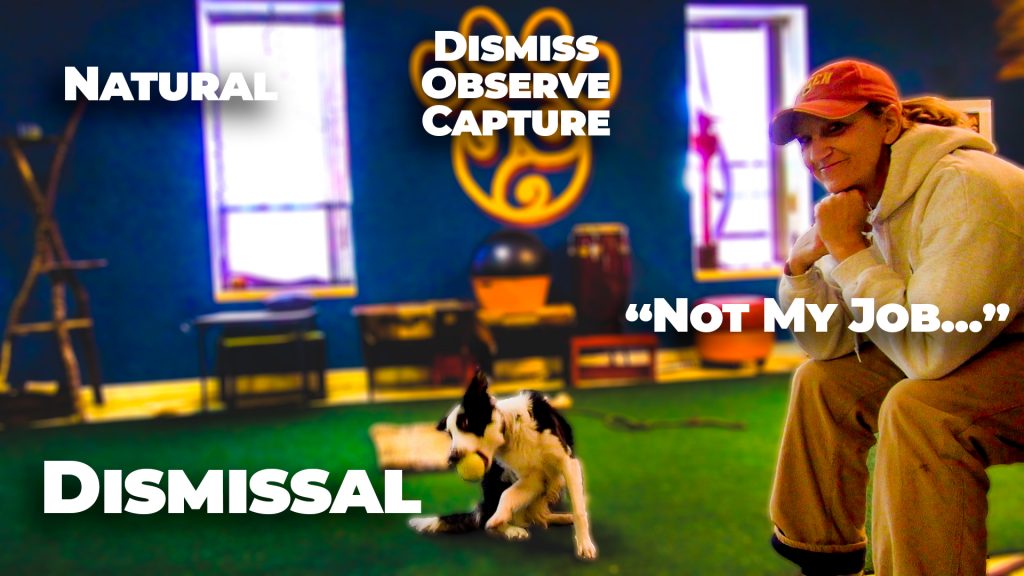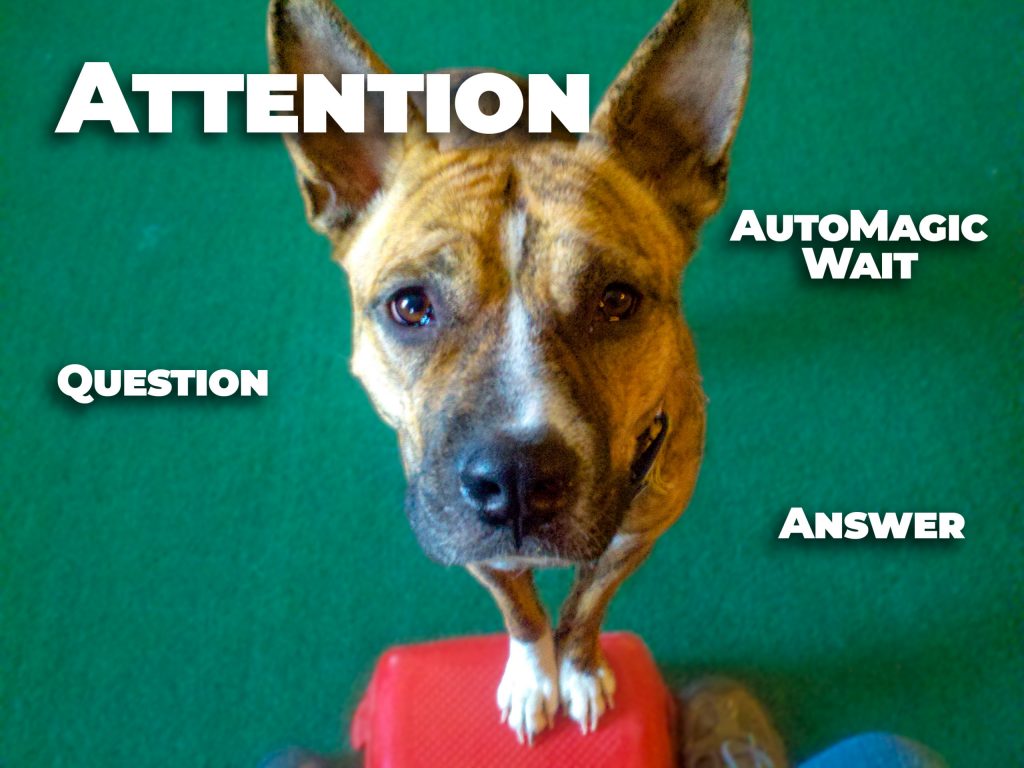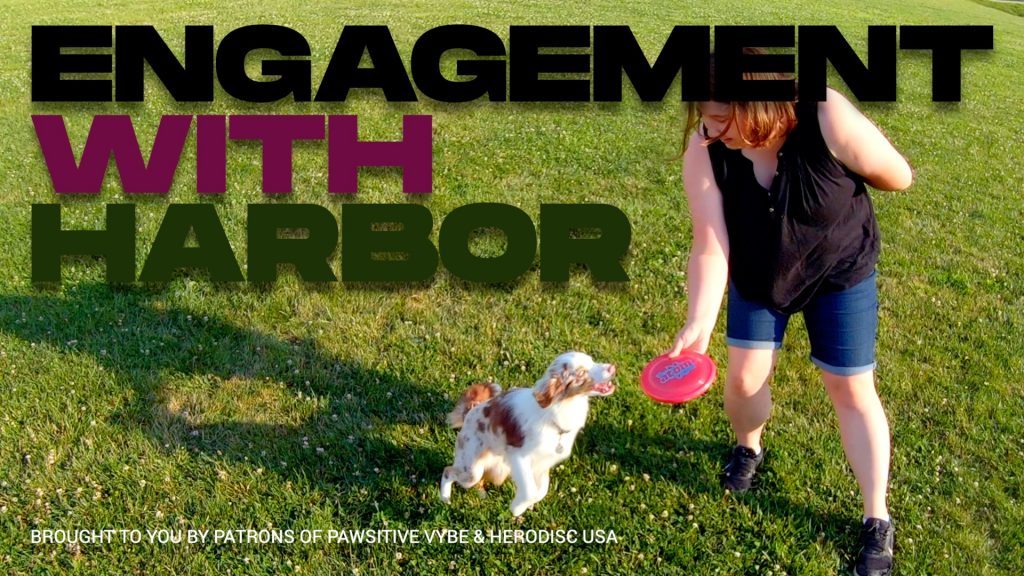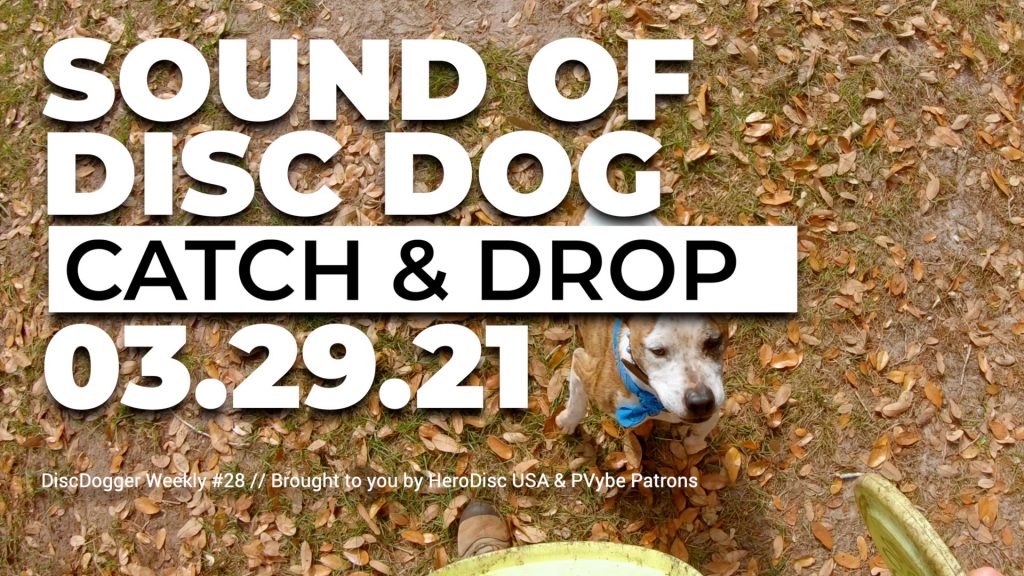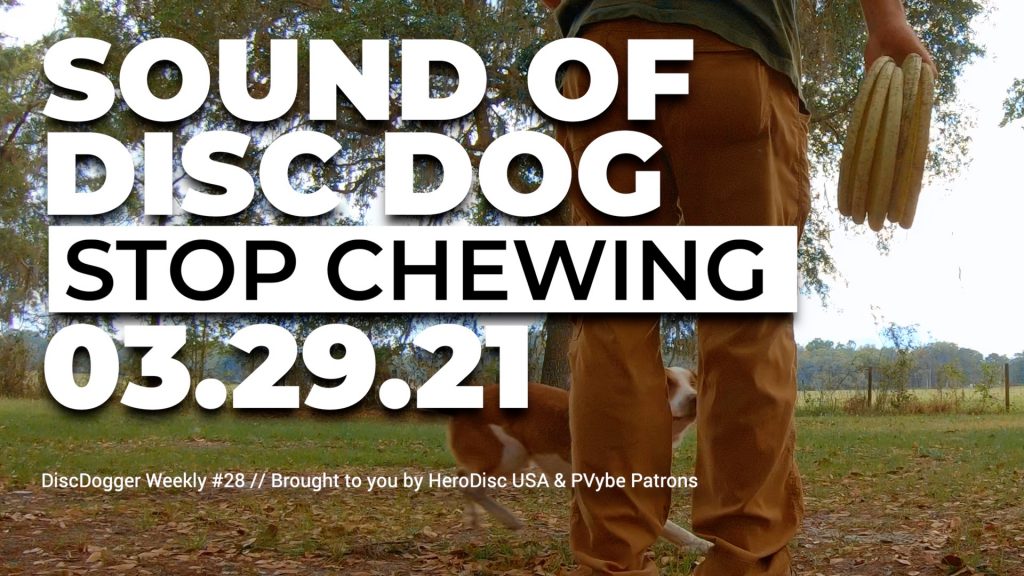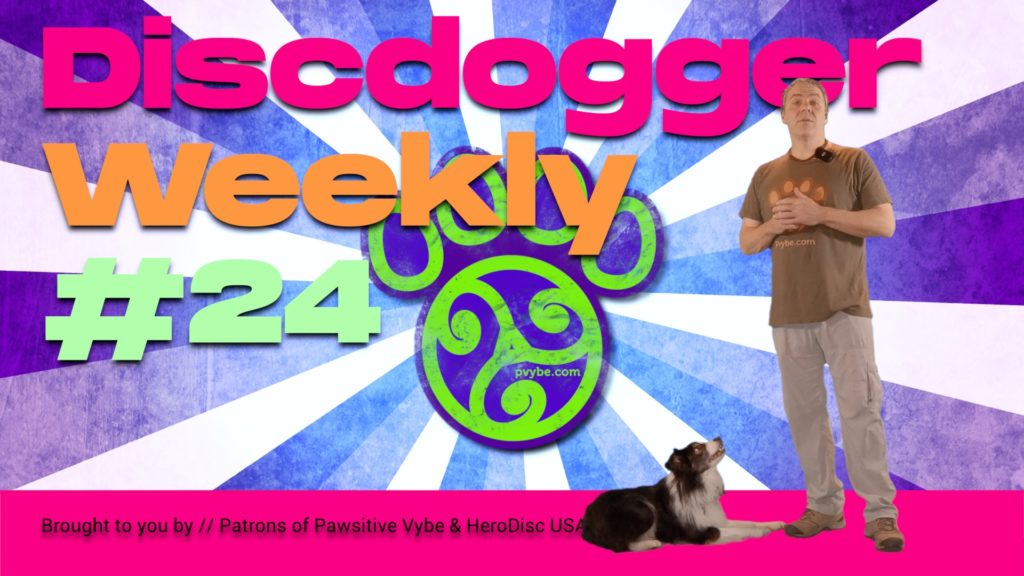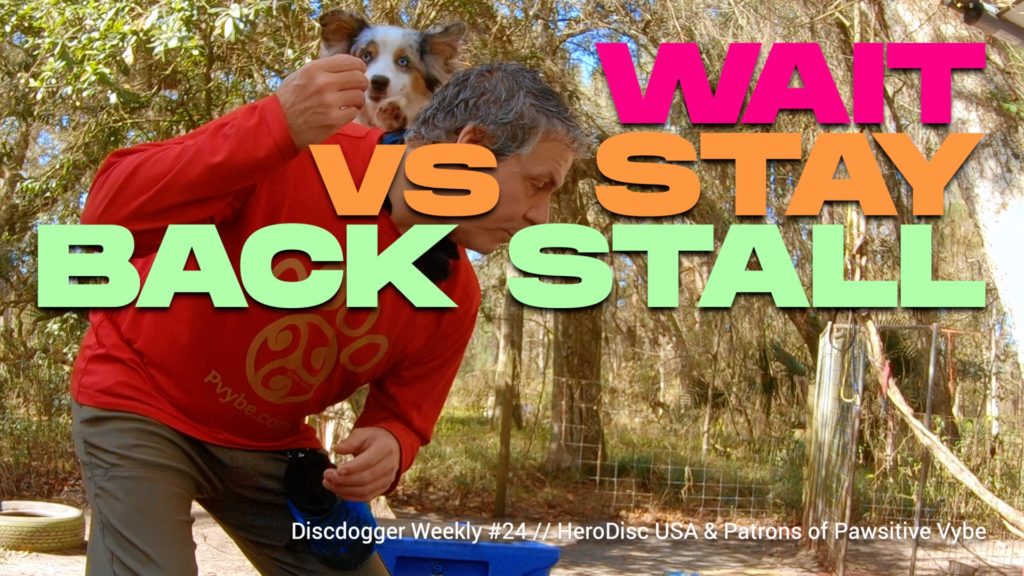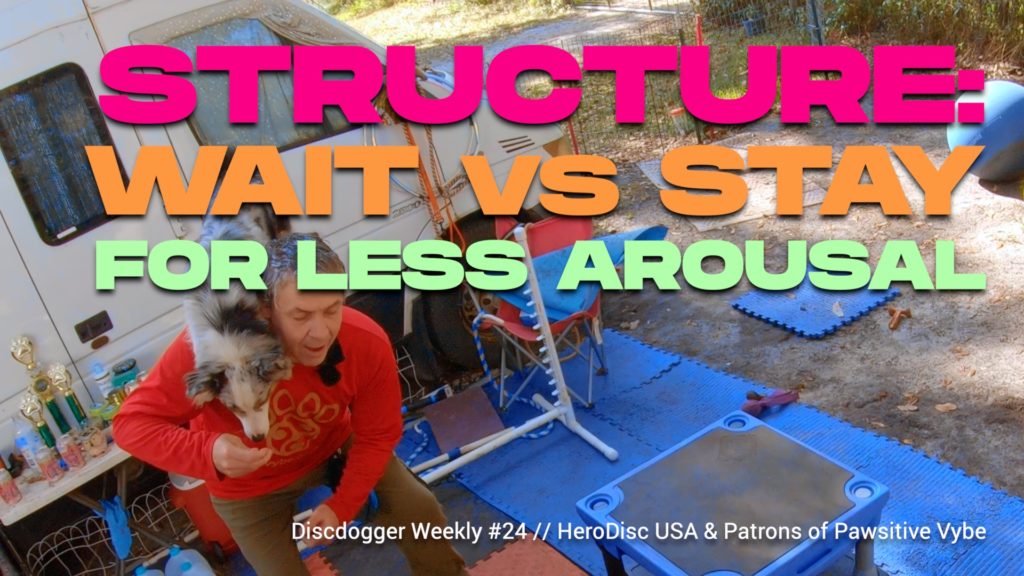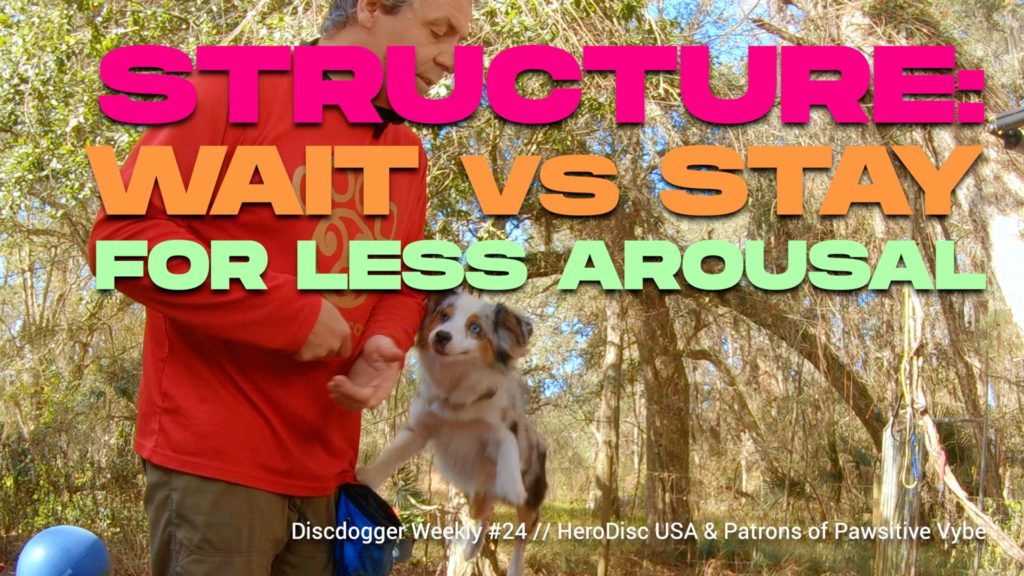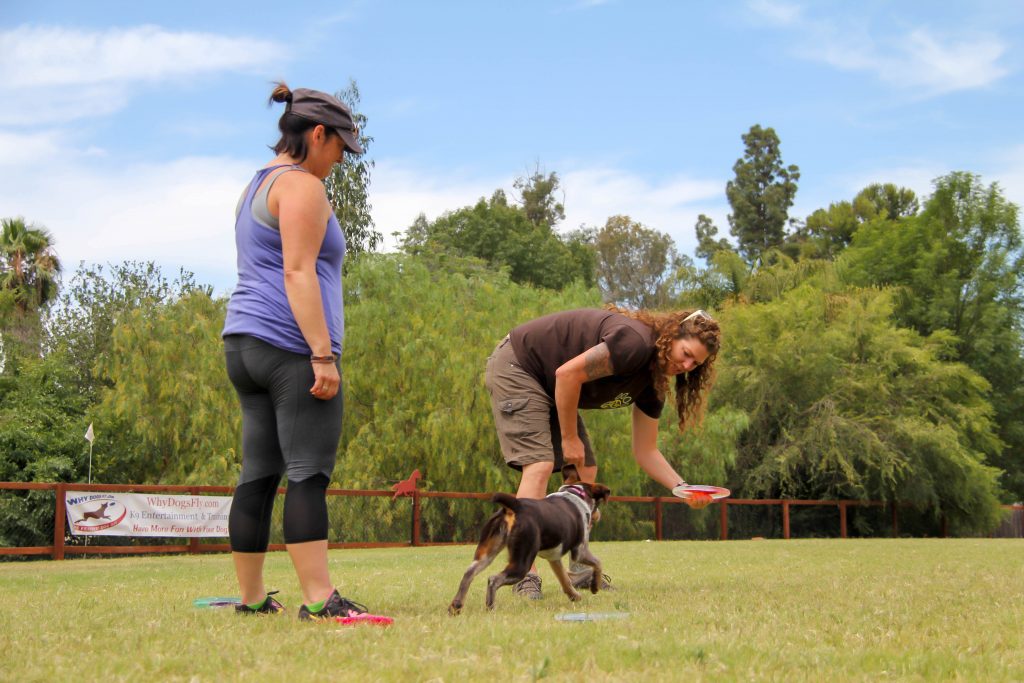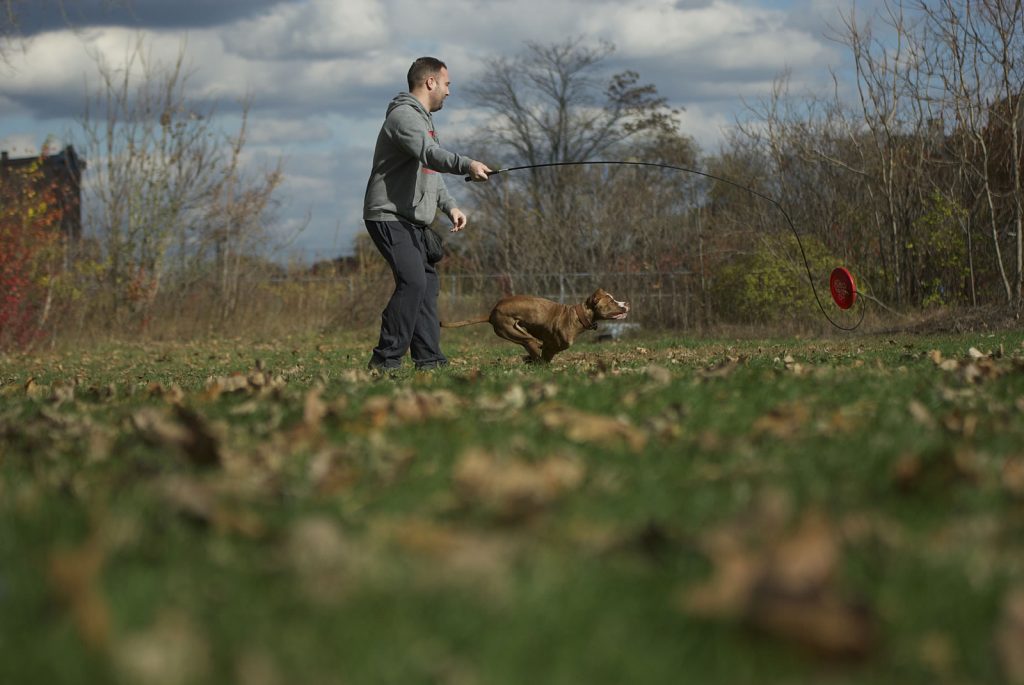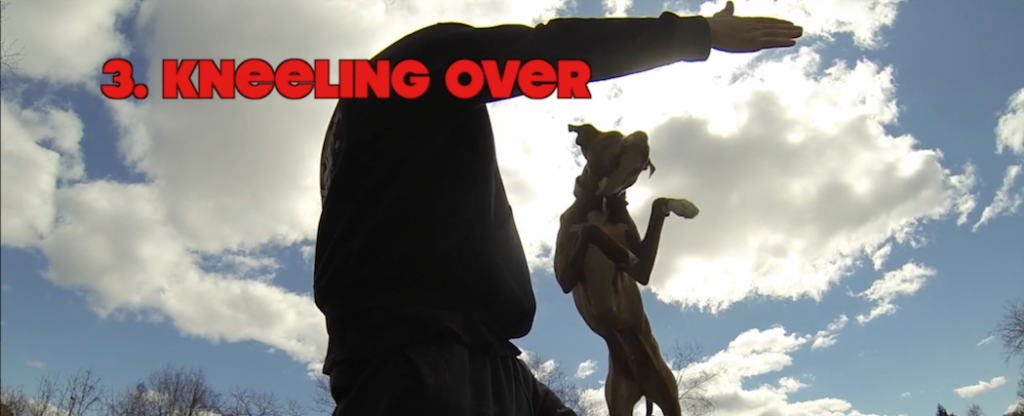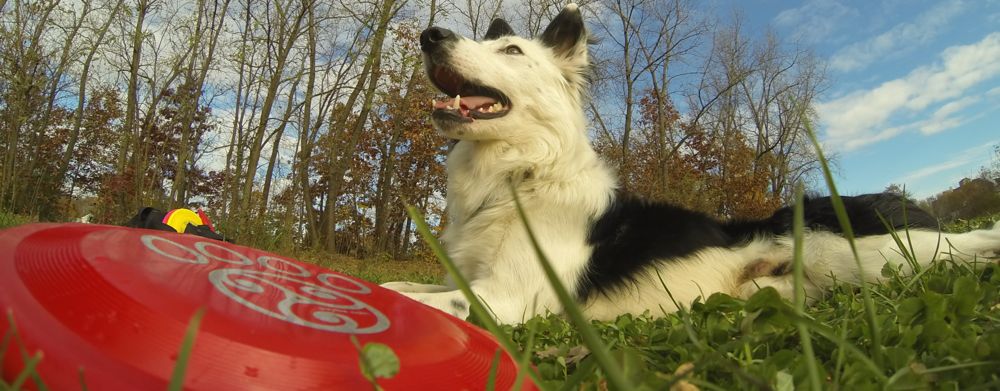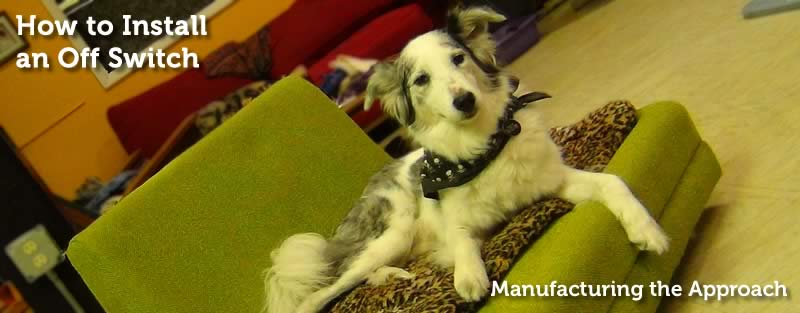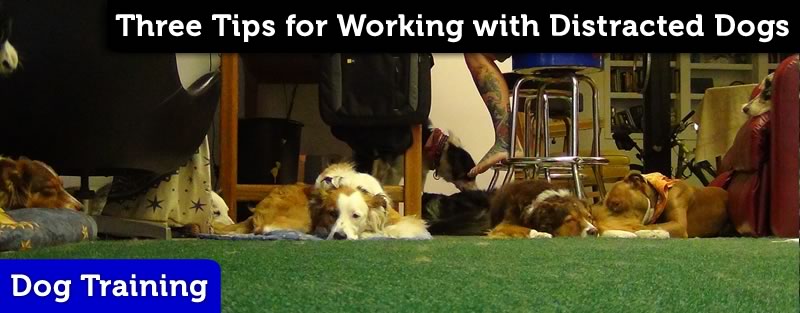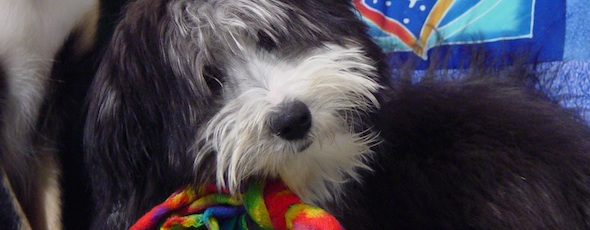Category: Engagement and Drive
Articles on canine Engagement and Drive by Ron Watson of Pawsitive Vybe.
Off-Switch + Engagement with DOC – Dismiss | Observe | Capture
Attention: Wait for the Questions and Answers
Shaping Engagement with Harbor
The Sound of DiscDog | Drop & Catch with Obi
The Sound of DiscDog | Halting the Chewing and Mauling of Discs with King
DiscDogger Weekly #24 – Flank or Pass and Wait vs Stay with Dog Catch & Stall
Wait vs Stay Using a Back Stall with An Over-Aroused Dog
Wait vs Stay Using a Back Stall with An Over-Aroused Dog | Pt 3
Wait vs Stay Using a BackStall with An Over-Aroused Dog | Pt 2
Wait vs Stay Using a BackStall with An Over-Aroused Dog | Pt 1
On Engagement – Back Chaining and an Existential Experience
Allow An Existential Experience Everything starts with having a sense of existence within your situation. Where am I? What is this place? A dog should…
On Engagement in Dog Sports and Dog Training
Engagement™ is a huge buzzword these days in the dog training world. I think it’s taken over Rear End Awareness™” and Core Strength™. We’ve been…
Jam in a Flash for Cookies with RustGrizzy
RustGrizzy and DirtyErn work on a new sequence using cookies in a distraction filled environment using the Art of Linking Tricks and a FlashJam created here…
[Link] Install an Off Switch While Building Drive — Leave them Wanting More
http://www.thrivingcanine.com/wanting_more
Chad Culp’s recent piece on his blog, Thriving Canine should be required reading for all dog trainers, dog sport and disc dog handlers in particular.…
Go Do Dog Stuff: Seven Simple Ideas for Effective Dismissal
What Is Dismissal? Dismissal is the opposite of Attention. Practically speaking, it means that the handler is not available at this time. It does not…
Shaping the Spot Behavior with Dismissal
Manufacturing the Approach
Three Tips for Working with Distracted Dogs
DOC – A Freeshaped Engagement Framework
What is Doc? DOC stands for Dismiss – Observe – Capture and it is how we handle stable dogs in stable environments. Handling a stable…
